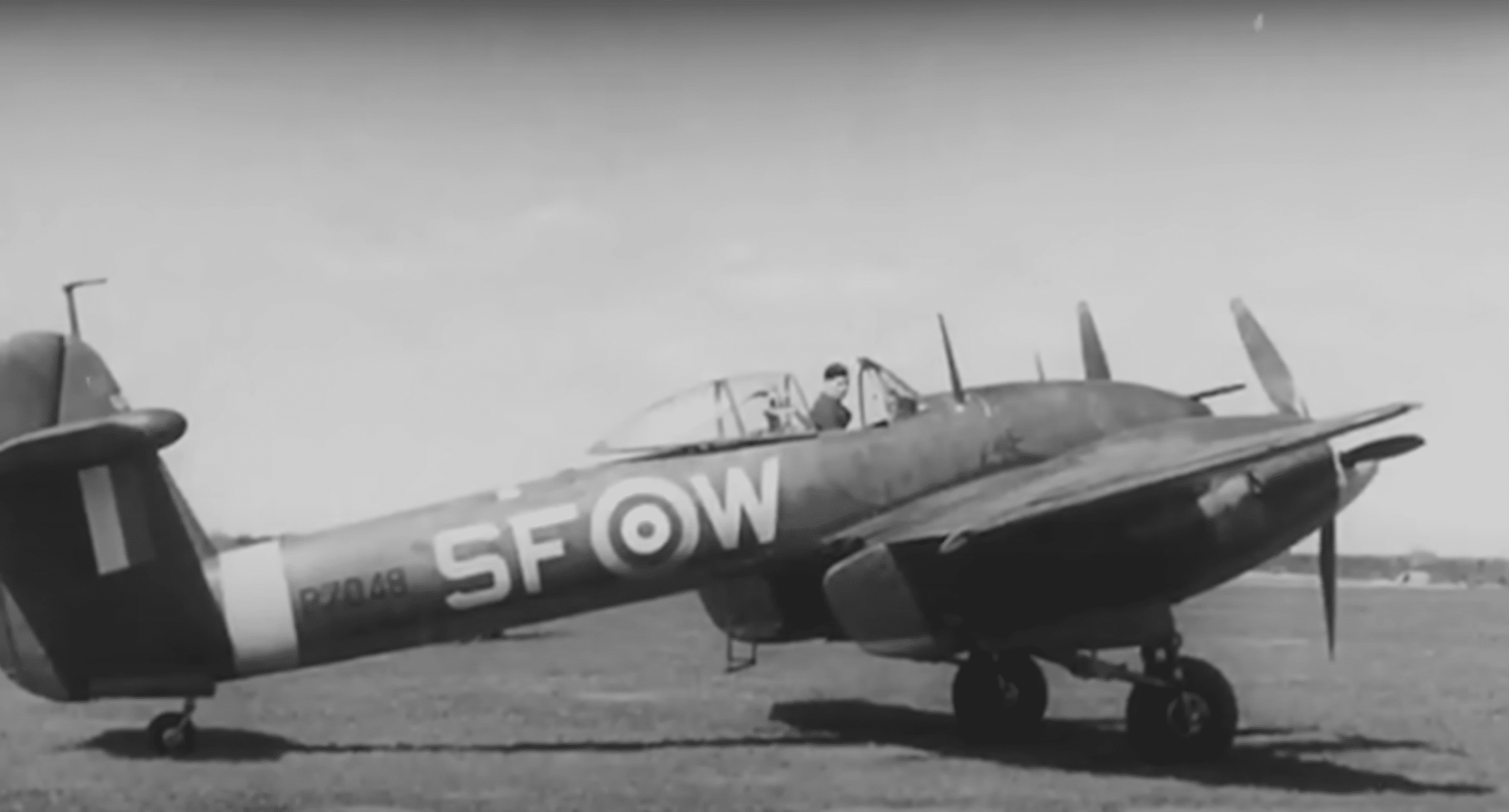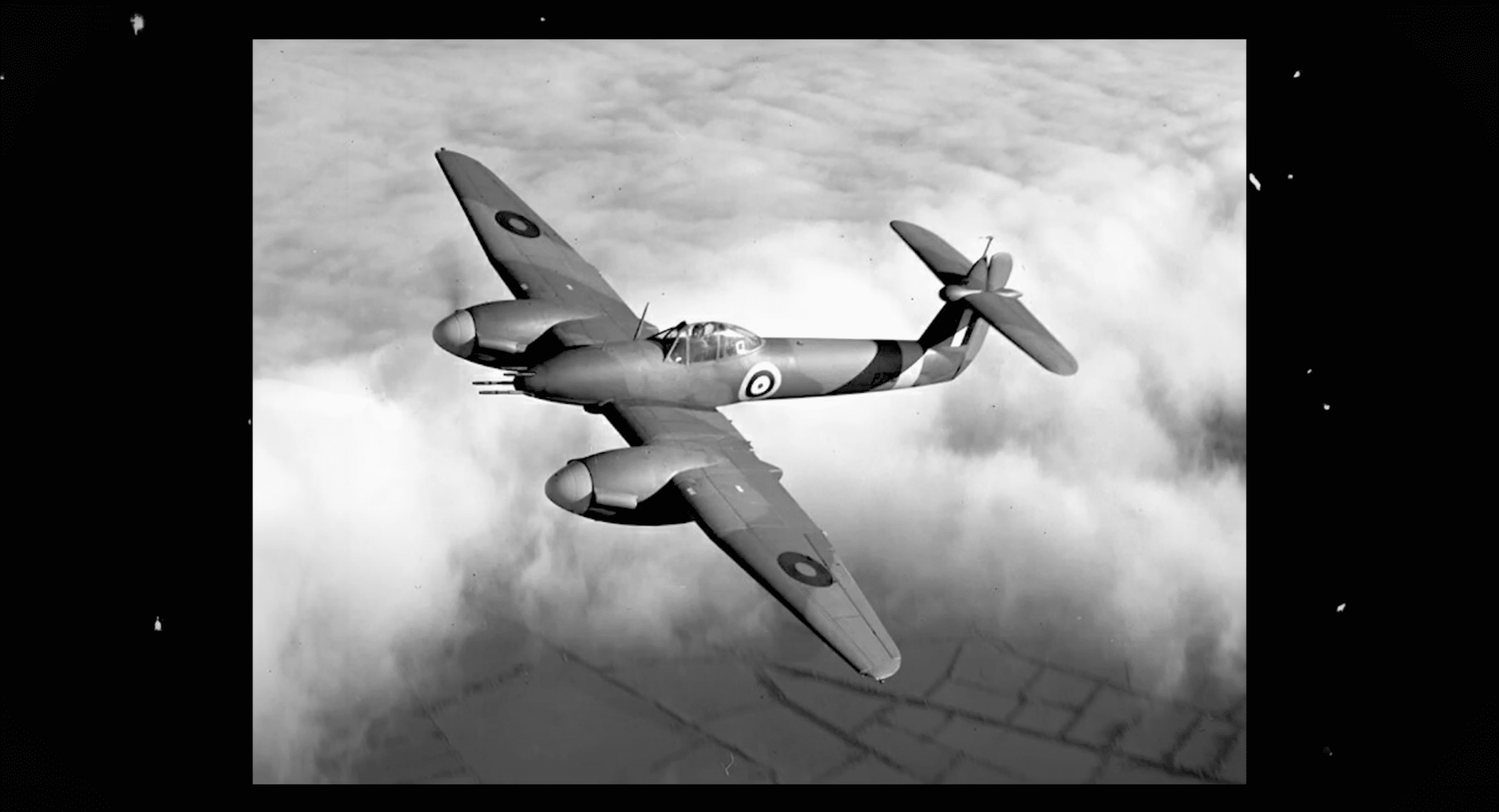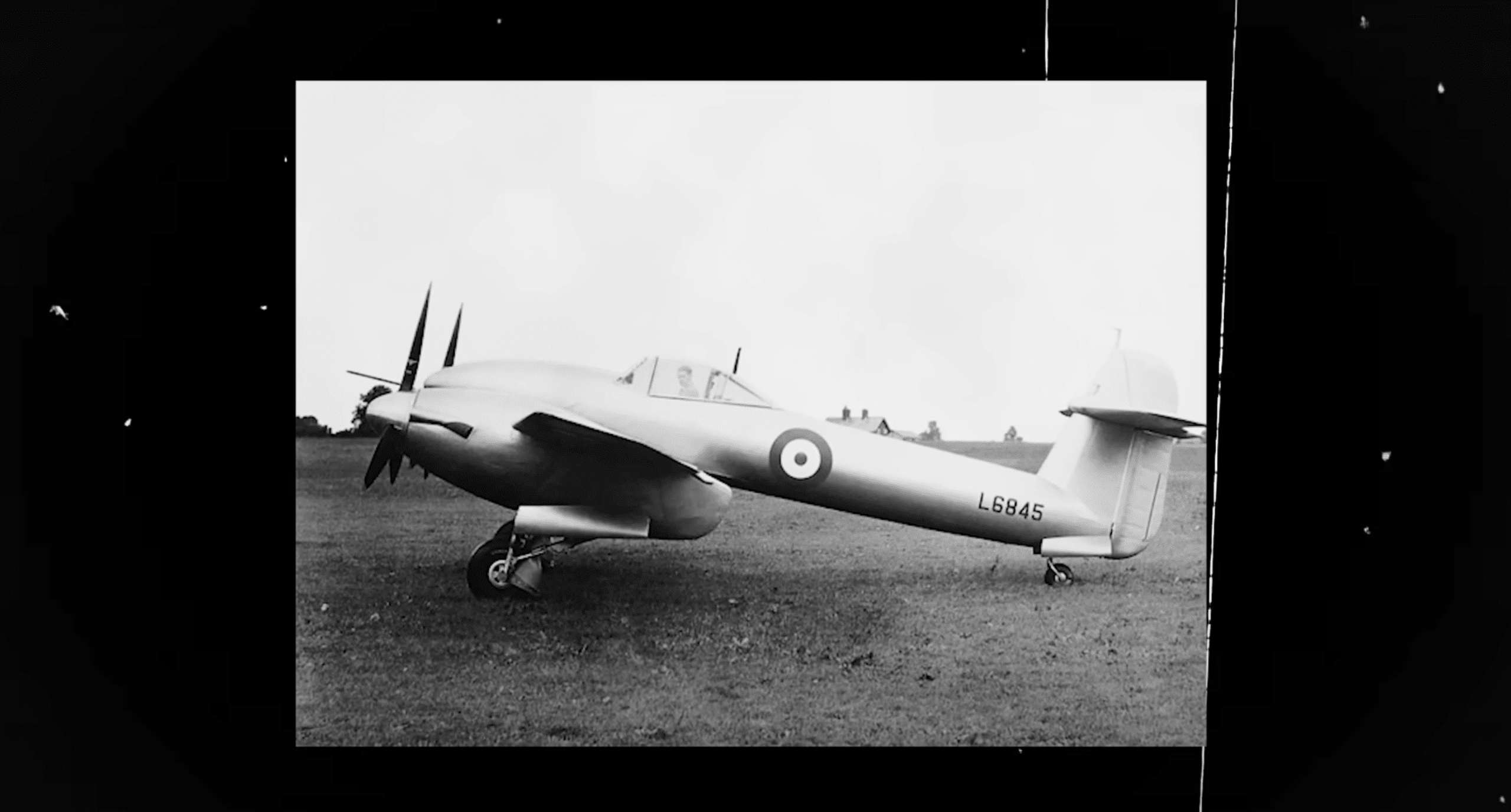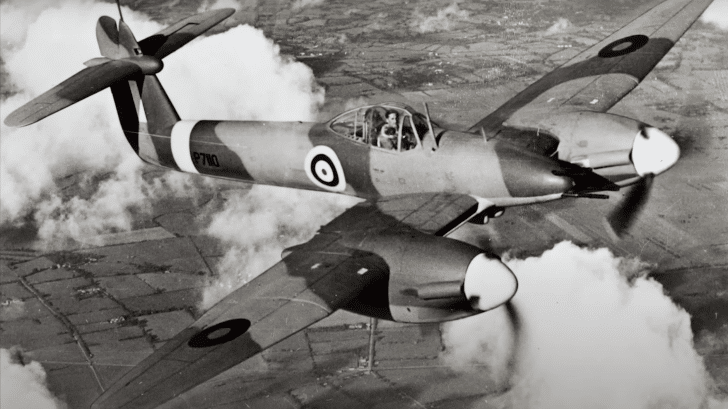The Westland Whirlwind is a highly capable twin-engine heavy fighter and also one of the fastest combat aircraft when it first took the skies. Apart from that, it was also the most heavily armed fighter in the world.
This was all thanks to one of the most insane cannons – the Hispano-Suiza HS.404. Four Hispano-Suiza HS.404 20-millimeter autocannons were mounted on its nose, which could fire hundreds of rounds per second.
The Whirlwind
This fighter was a highly innovative design for its time – a set of two Rolls-Royce Kestrel engines were mounted in pods underneath the low wings. It was also the first fighter that featured a bubble canopy, giving the pilot excellent vision.

Operations
The Royal Air Force 263rd Squadron was the first to receive the model. The aircraft was then declared fully operational on December 7th, 1940.
Initial operations were made up of convoy patrols, and hunting and destroying German U-boats in the English channel.
Most Powerful Armament
By the time of its introduction, the model’s four Hispano-Suiza HS.404 20-millimeter autocannons capable of delivering a weight of fire up to 600 pounds of explosive shells per minute, was the most powerful armament of any aircraft in the world.
Throughout the next two years, these cannons were used in ground attack and bomber escort roles.

A Significant Setback
Although the aircraft’s overall performance was reasonable, many Royal Air Force pilots noted that its maneuverability fell short of initial expectations.
Another crucial issue the aircraft had was that its engines were both underpowered and unreliable.

Radical Aircraft
Despite its shortcomings, the Whirlwind was well-liked by most pilots. In retrospect though, the lesson of the Whirlwind is clear – a radical aircraft either needs prolonged development or widespread service exploiting its concept and eliminating its weaknesses.



